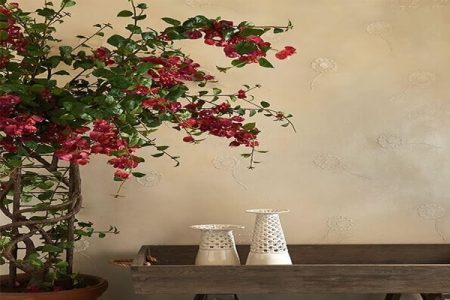
Painting your walls a different hue is perhaps the easiest makeover project that you can do. Quite often, you do not even need to change anything else, just change the paint, and the room will automatically feel different.
But how do you choose the perfect wall paint color? The selection is infinite. When you head to the local home depot, you will find that yellow is not just yellow. Plus, there are more than fifty shades of grey, especially when you include interior decorative paints. So how, exactly, do you go about this critical decision?
Equipaint's professional painters share the following seven steps to choosing the perfect paint for your walls.
Step 1: Think carefully about how you want each room to feel.
One of the impacts of changing the paint of a room is how it instantly changes the ambiance. So, before choosing any color, make sure to establish how you want the room to be used and what it should feel like to anybody who enters it.
Do you want the room to be airy and light with a touch of playfulness to appeal to your children? Or, do you want it to be intimate and cozy, just perfect for reading, studying, and tea? You will find that there are specific paint colors that go exceptionally well with "atmosphere" concepts for rooms. This should guide you in your paint selection.
Step 2: Take into consideration the furnishings in the room.
Naturally, the perfect wall paint color provides a beautiful backdrop to all the other elements of the room. Therefore, do not just think of the hue that appeals to your aesthetic sensibilities, think about the overall picture. Otherwise, the paint job may create a very busy look for the room.
When you consider the other elements of the room, it will be a breeze to identify the perfect contrasting or complementing color.
Step 3: Have longevity in mind.
When choosing a paint color that is perfect for your home, you want to make sure that it is a classic and will be perfect for a long time. A paint job is relatively faster to accomplish than other home makeover projects, but it's always better to not have another one for a long time. Perhaps, it would be best to avoid too-trendy funky colors, which eventually can give your home interior a dated appearance.
Step 4: Explore all options thoroughly.
Look up the latest paint trends, and you will find that paint color choices are not limited to the usual shades and finishes. Interior decorative paints, for instance, combine a variety of hues and they achieve the look of texture as well, which make them perfect for standout walls. Be sure to check them out as you may be interested in using them.
To see all your options, go to suppliers' websites to view their entire range. Likewise, visit home and lifestyle magazine websites to find what the latest paint trends are.
Step 5: Narrow down your color choices.
Once you have explored the different suitable paint colors, pare down the selection. Limit your color selection to about ten shades and get their samples. You will further narrow the choices down after trying them on your walls and seeing them in different lighting conditions.
Step 6: Choose the finish.
You will find that your color picks can come in different finishes. The usual choices of finishes are flat, eggshell, satin, semi-gloss, and high-gloss. High-gloss is a smart pick if you want the room to look bright. This finish causes light to bounce off the walls and enhance indoor illumination.
But if you are a fan of clean and minimalist Scandinavian aesthetics, you may be better off with a flat or eggshell finish. These are also the finishes to use if you intend to use your wall as an instant LED projector screen.
Step 7: Consider the chemical makeup of the paint.
This may be important to you if you want to paint color to be more than just a decorative feature of your home. Some paints have material-protective properties. Some even have chemicals meant to repel typical household creepy crawlers.
And, of course, the chemical makeup also determines the compatibility of the paint with the material to which it will be applied.
Tip: Professional painters always advise buying paint that is one shade lighter than your original choice. Why? Quite often, the samples you see on websites or the swatches in stores dry dark when applied. The actual shade that you want is typically the one that's a shade lighter in the range.
There you go, the seven steps to follow when choosing the perfect wall paint color to use. Do not miss any of these steps if you want to avoid the hassle of trial and error, and get the job done right away.
Then again, don't stress too much over this. As mentioned earlier, a paint job is easy enough to pull off, and correcting it is just a matter of applying a fresh layer of new paint.
If you need more help in choosing the perfect paint to refresh the look of your home, let Equipaint’s paint professionals assist you. We can provide you with an abundance of options and pair you with the most suitable colors to use.
